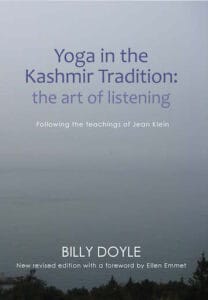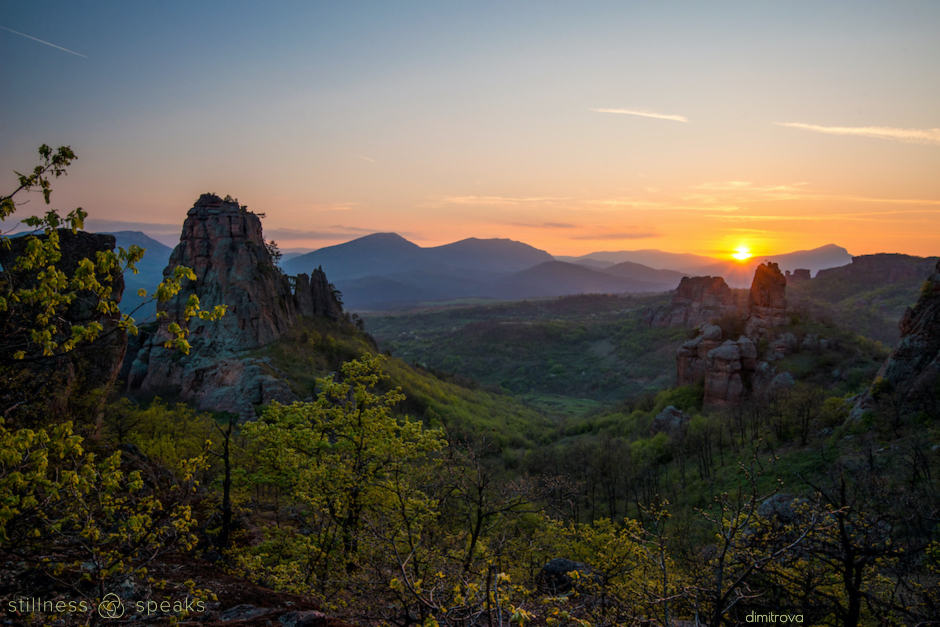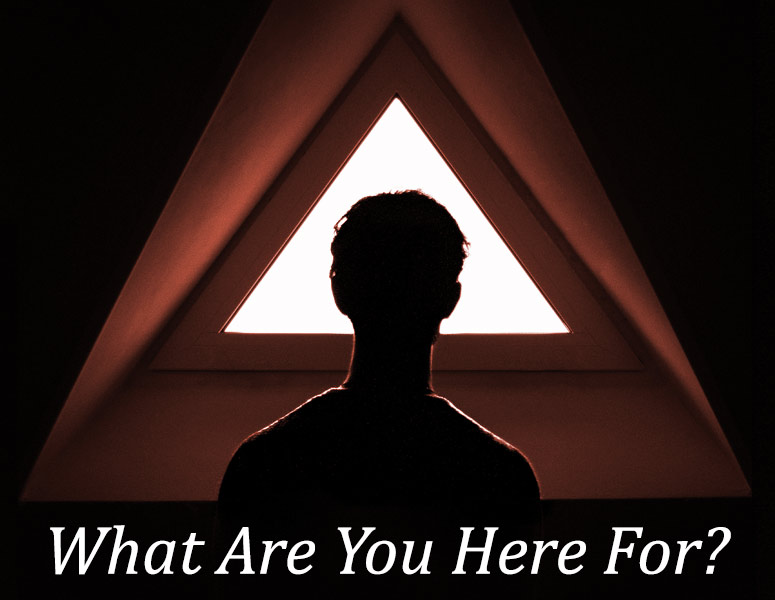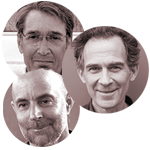choiceless awareness: “… Meditation is not doing something, rather it is choiceless awareness …” ~ Billy Doyle
Choiceless awareness is a refreshing view on meditation … that Billy further underscores with: “… meditation in its deepest meaning is to rest in our real nature, to be what we are—knowingly …” …
So, in this concluding post – part 5 – we’ll look at Billy’s exploration of meditation … that’s informed by Jean Klein’s teachings.
This series has been taking a deep dive into Jean’s essential teaching of Listening … through Billy Doyle’s 2019 book: Yoga In The Kashmir Tradition: The Art Of Listening – Following The Teachings of Jean Klein …
… in part 1 we “set the stage” with Ellen Emmet’s Foreword and Billy’s Introduction …
… in part 2 we offered Billy Doyle’s condensation of Advaita (including Jean Klein’s pertinent remarks) …
Together the 1st two parts form the “foundation” for this deep dive …
… in part 3 we offered Billy’s summation of Jean’s key teaching: The Art of Listening …
… in part 4 we offered Billy’s summation of Jean’s key teaching of listening to the body … applying the art of listening to the body …
{All italicized text below is from Billy’s book and is published here with the publisher New Sarum Press’ generous permission. Scroll to the bottom for a free downloadable Table of Contents.}
Choiceless Awareness == Meditation
In meditation there is nothing to meditate on and no meditator. A meditator is a concept, it belongs to the mind. However, most forms of so-called meditation are in subject-object relationship: there is a focus of attention, a concentration on something, be it the breath, the body, a sound or image. And whilst it is true that such practices help to slow down the activities of the mind, the practitioner is maintaining the dualism of observer and something observed. Invariably, once the mind is no longer tethered to its particular focus, the mind with all its vagaries soon rushes back to reclaim its usual territory. A controlled mind, through any technique, is hardly a free mind, it leads to fixation and dullness.
We can talk about meditation as a practice, but meditation in its deepest meaning is to rest in our real nature, to be what we are—knowingly. It is not a cerebral activity or even a non- activity, it’s beyond all opposites.
We don’t know ourselves in silence, but only through a collection of images, thoughts and feelings. It is the continuous mind-chatter and daydreaming that keep alive this self-image.
This chatter and daydreaming, which we may hardly be aware of, are a defence, a fear of being nobody. The mind is an extension of being, and the natural function of the mind is movement. This in itself is not a problem, except when this movement revolves, as it does most of the time, around an illusory personal entity. It is only when the mind is illuminated by light that it functions harmoniously. The personal entity finds it difficult to be free of intention and to sit in silence without some technique. We may feel bored, or overwhelmed by a ceaseless train of thought, or disturbed by fears and emotions we thought were long since dealt with. We find it difficult to face ourselves, and accept what arises moment to moment.
However, it is only through a disinterested welcoming, an acceptance of what is, that there can be any real transformation. Acceptance here is nothing to do with passive resignation to a situation, or fatalism, but is more like a scientist seeing facts as they are. This is not psychological acceptance, where the ego feels a surrender, but an active functional acceptance of facts.
In this welcoming, which is without judgment, comparison, resistance or hidden motive, we are no longer an accomplice to the situation, no longer fuelling the problem. Since the ego is no longer centre stage, we find ourselves outside the drama. There is a picture show going on, but it’s not ours and there is no need to do anything with it. There arises spontaneously a space relationship between what is observed and the observing. The show is in me, but I’m not in the show. When there is complete acceptance, the accepted dies in the accepting. When there is no longer any emphasis on the objective part, when we look for nothing from the object, we find ourselves in accepting, in openness. There is a glimpse of freedom, of autonomy from what we took ourselves to be.
~ Billy Doyle
Again, here’s Part 1 – the Foreword and Introduction … and Part 2 – Advaita Vedanta … and Part 3 – The Art of Listening … and Part 4 – Listening To The Body …
And click here for a FREE downloadable copy of the Table of Contents, graciously and generously made available by the publisher New Sarum Press.
All italicized text above is from Yoga In The Kashmir Tradition: The Art Of Listening – Following The Teachings of Jean Klein and is published here with the publisher New Sarum Press’ generous permission.
Immersion in choiceless awareness also makes us keenly – and naturally – aware of the needs of others … such as the Colorado communities that are dealing with devastating fires:
Go Fund Me has set up a trusted relief fund to urgently help verified fundraisers started for people affected by the Marshall and Middle Fork fires. Donate now to help someone in need recover from the wildfires.
Also, … help for COVID remains a key need too …. so here’s a GoFundMe blog post Fundraising for Coronavirus Relief: How You Can Help the Fight that offers a very comprehensive map for the COVID relief efforts including how you can help, what to give to, and lots more …
We are supporting some of these campaigns personally and also as Stillness Speaks (through donations).
— — — —
We are all facing financial challenges but IF your situation allows you to donate and help then please do so …
Of course, there are many more worthy and noble efforts – the ones highlighted here are simply suggestions that may inspire you to donate to whatever effort you are drawn to …
THANK YOU!
And, may you realize the choiceless awareness … the essence of your meditations … and …
May you remain safe and healthy as you navigate these unsettling times.











